The Sámi Museum Siida was chosen as the European Museum of the Year 2024. Siida was also chosen as the Museum of the Year 2024 in Finland!
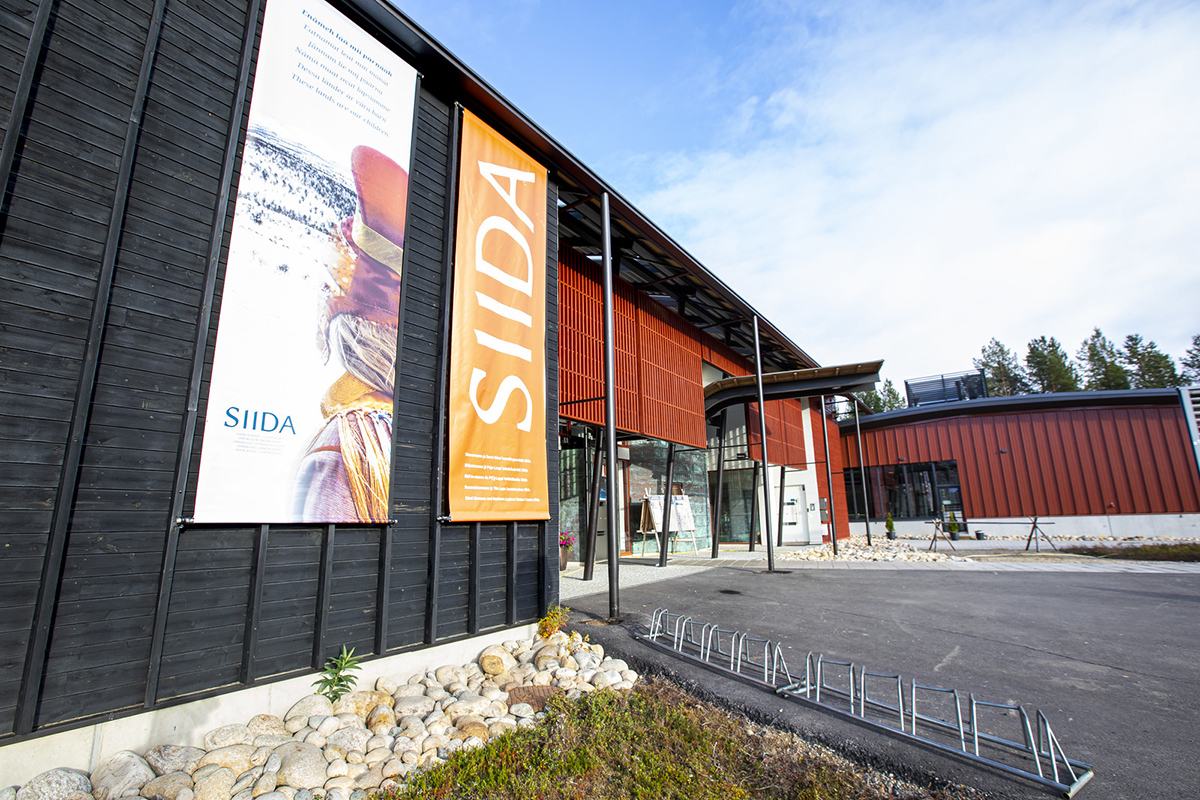
Siida is located in the village of Inari, in Northern Lapland, on the shore of Lake Inari, at the heart of Sámi culture. A picturesque village, Inari has long attracted visitors to experience its tranquil atmosphere, the breathtaking beauty of the surrounding nature, and cultural experiences.
Siida is a vibrant meeting place for both tourists and locals, and over the years, it has grown into the most significant tourist destination in Northern Lapland. Nearly 140,000 people visit Siida annually, coming from up to ninety different countries. The new permanent exhibition, “Enâmeh láá mii párnááh – These lands are our children,” created in collaboration between the Museum and the Nature Center, was opened to the public in June 2022.
The Siida building houses the Sámi Museum and the Northern Lapland Nature Centre Siida in partnership. Additionally, the privately-operated Restaurant Sarrit serves Siida’s customers whenever Siida is open, offering a daily buffet lunch.
The museum also runs the Siida Shop, where you can find a carefully selected range of local handicrafts and responsible souvenirs. For more information about hiking trails and attractions in the area, visit Inari’s tourist information located in Nature Centre Siida.
Enâmeh láá mii párnááh – “These lands are our children”
The joint exhibition by the Sámi Museum and the Northern Lapland Nature Centre Siida, Enâmeh láá mii párnááh – “These lands are our children,” explains and interprets the layers of the landscape through the Sámi concept of cultural environment. According to this concept, nature and culture are closely linked. The landscape around us has also been formed over millions of years as an entity shaped by nature.
The exhibition was named after a poem written by Inari Sámi Matti Morottaja.
In Sámi cultural environments, the connection to the land and surroundings is built through traditional knowledge and memories. The memory of Sámi heritage has carried over the changes in nature and society from one generation to the next. The cultural content of the exhibition reflects on how the past lives within us. Each person carries a diverse legacy from different eras, which helps them adapt to changes around them.
The Sámi Museum involved over 300 members of the Sámi community in the exhibition renewal process.
“As an indigenous peoples’ museum, the Sámi Museum Siida is primarily for the Sámi themselves. However, we are very pleased that our Sámi story also resonates with the entire European museum sector and people around the world,” says Museum Director Taina Pieski.
In the nature section of the exhibition, visitors are encouraged to reflect on the changes happening in our climate and what may happen to the climate in the future. Nature related topics are explored through the protected areas of Northern Lapland and the various natural habitats and species found there.
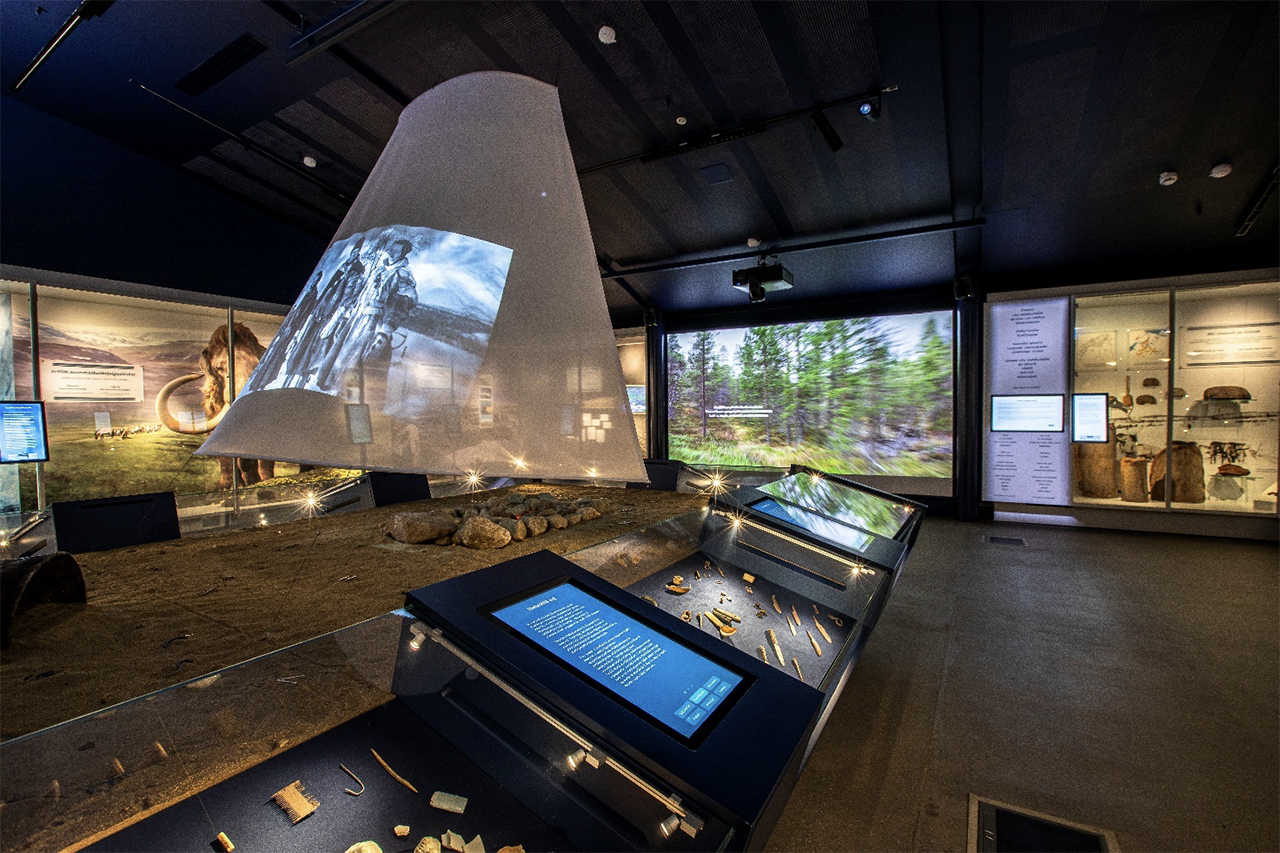
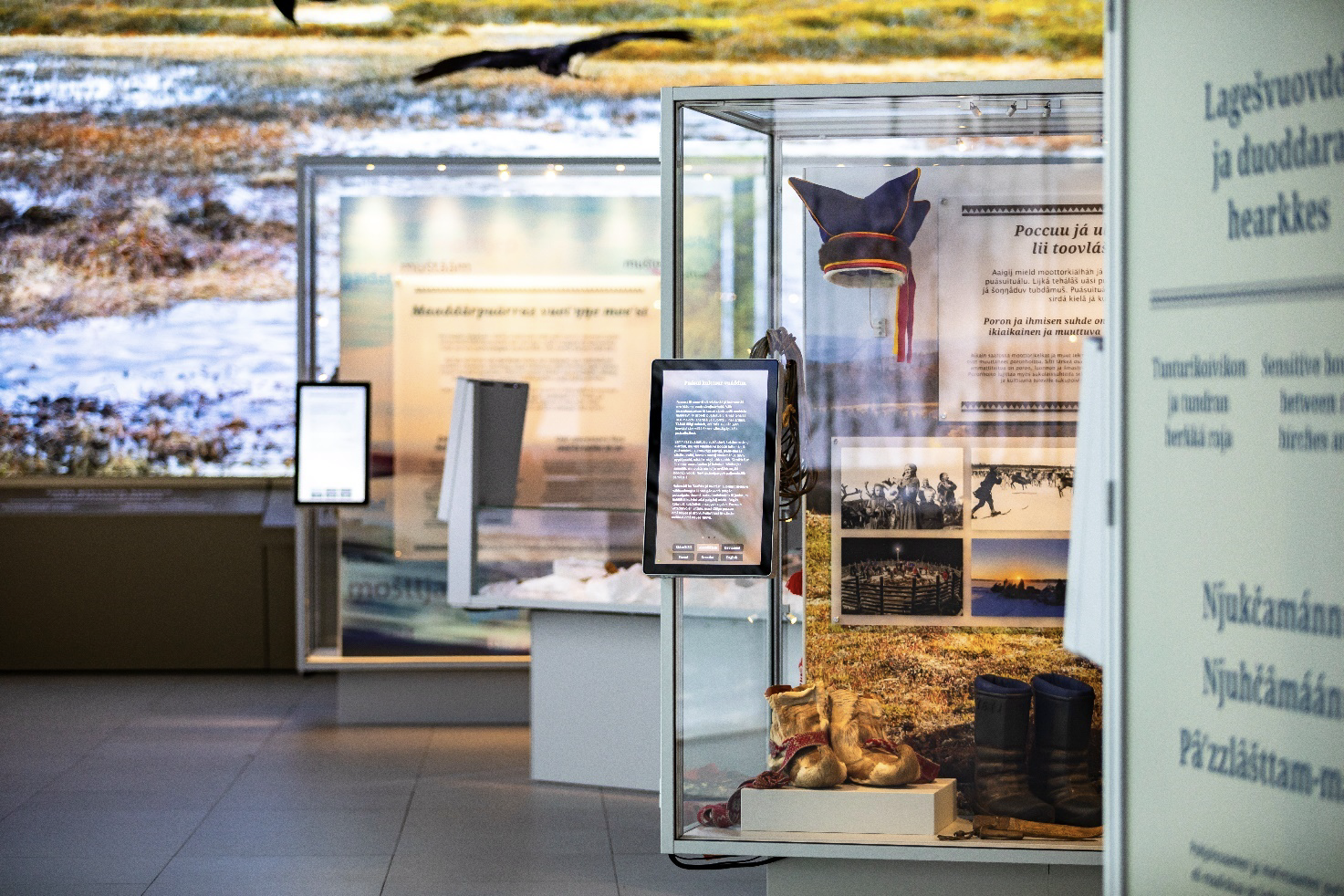
Sámi Traditional Handicrafts, Duodji, and Art as Part of the Siida Exhibition
A completely new narrative approach in the permanent exhibition is the involvement of artists in the content production. The presentation of Sámi culture is based on the presence of the past in our time, introducing Sámi culture to visitors. The message of cultural history and traditional knowledge is strongly combined with the expertise of contemporary Sámi artists and duojárs, or Sámi handicraft makers. Similarly, the exhibition’s section on nature showcases the expressiveness of nature art.
The artistic director of the Sámi Museum’s exhibition is Sámi artist Outi Pieski, who also has individual works supporting the exhibition’s message.
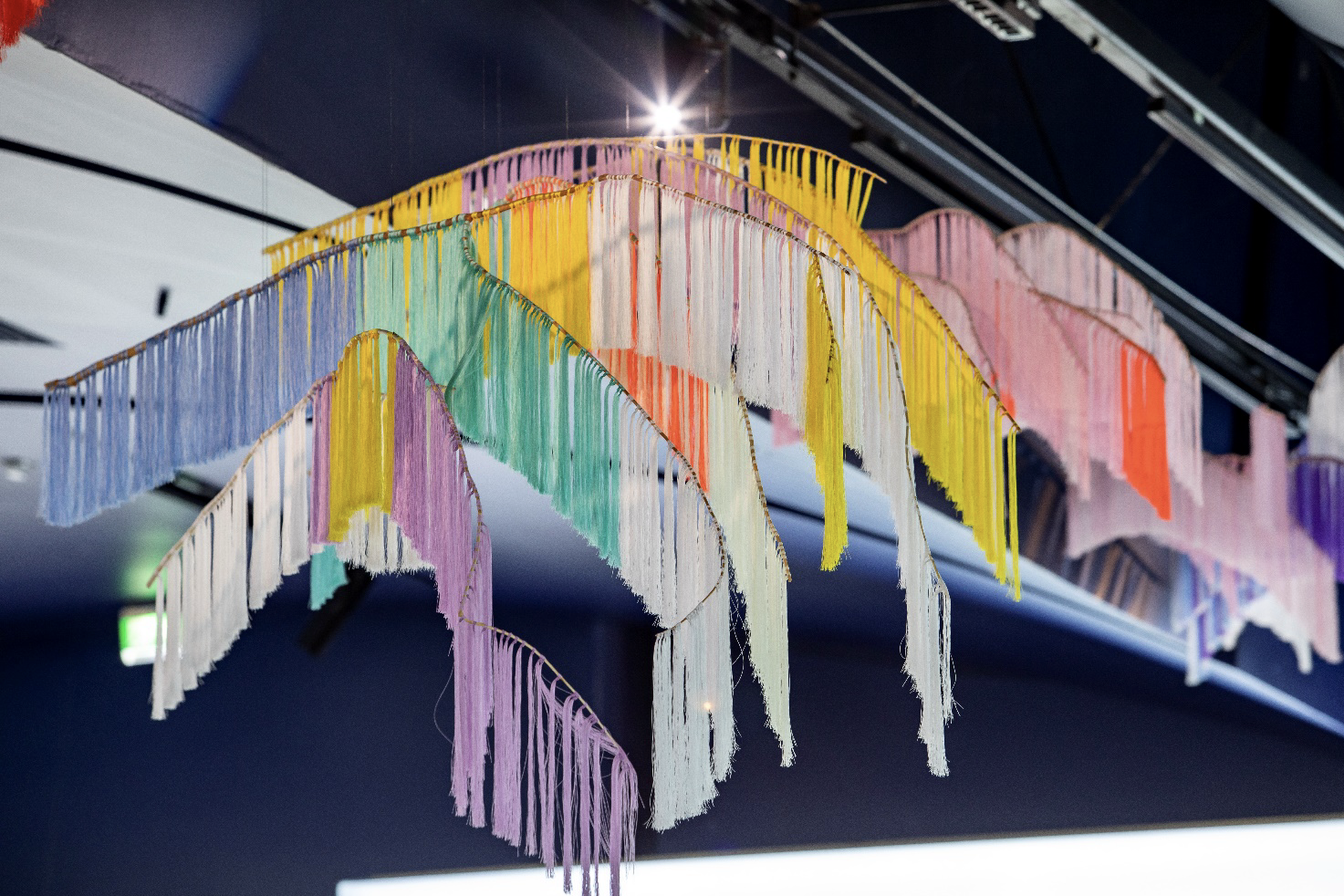
Outi Pieski’s work “The Land Flows in Colours” arcs above the exhibition hall. Photo: Rauno Koivunen / Sámi Museum Siida
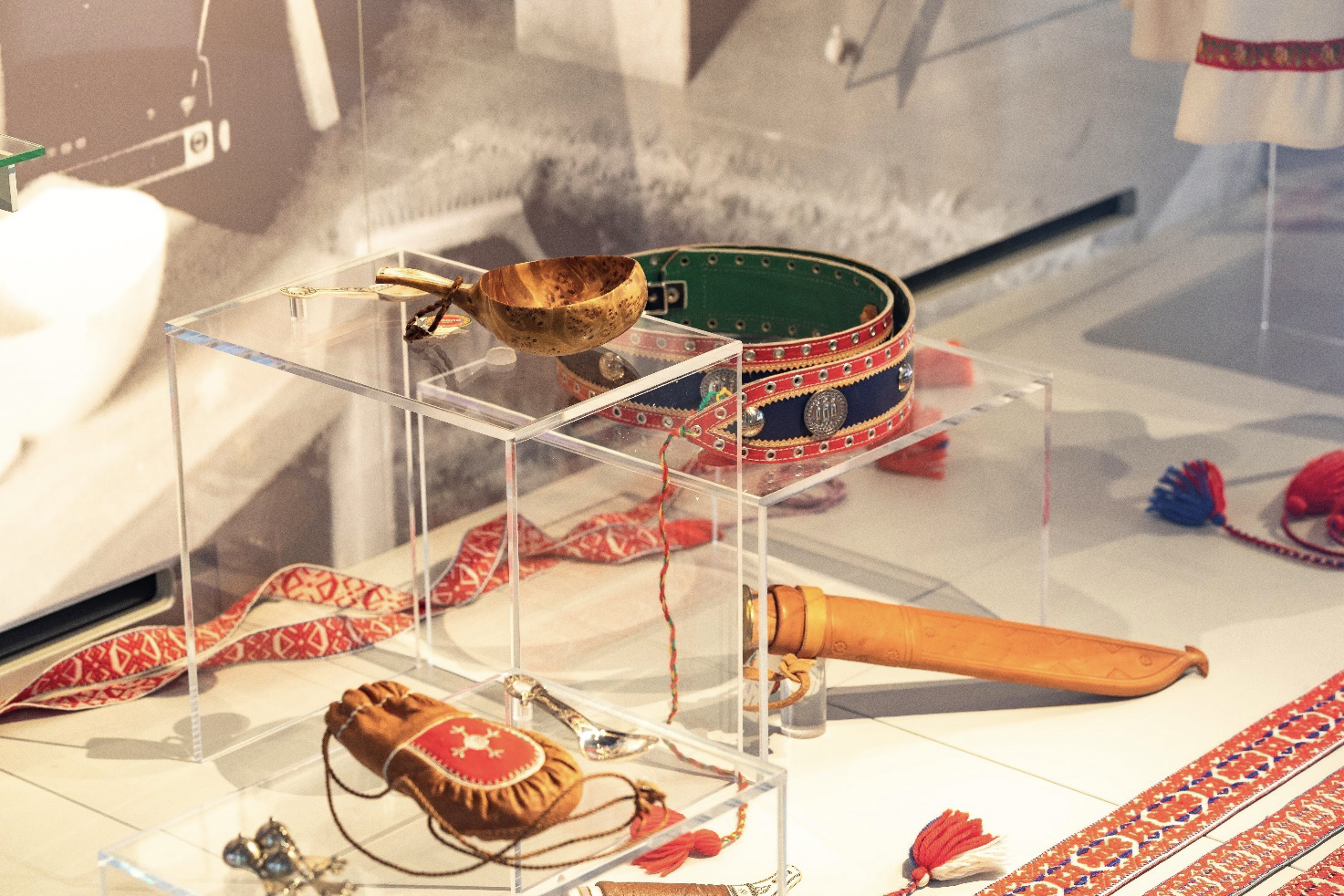
Sámi art has always been prominently visible in everyday objects and handicrafts, known as duodji. Photo: Rauno Koivunen / Sámi Museum Siida.
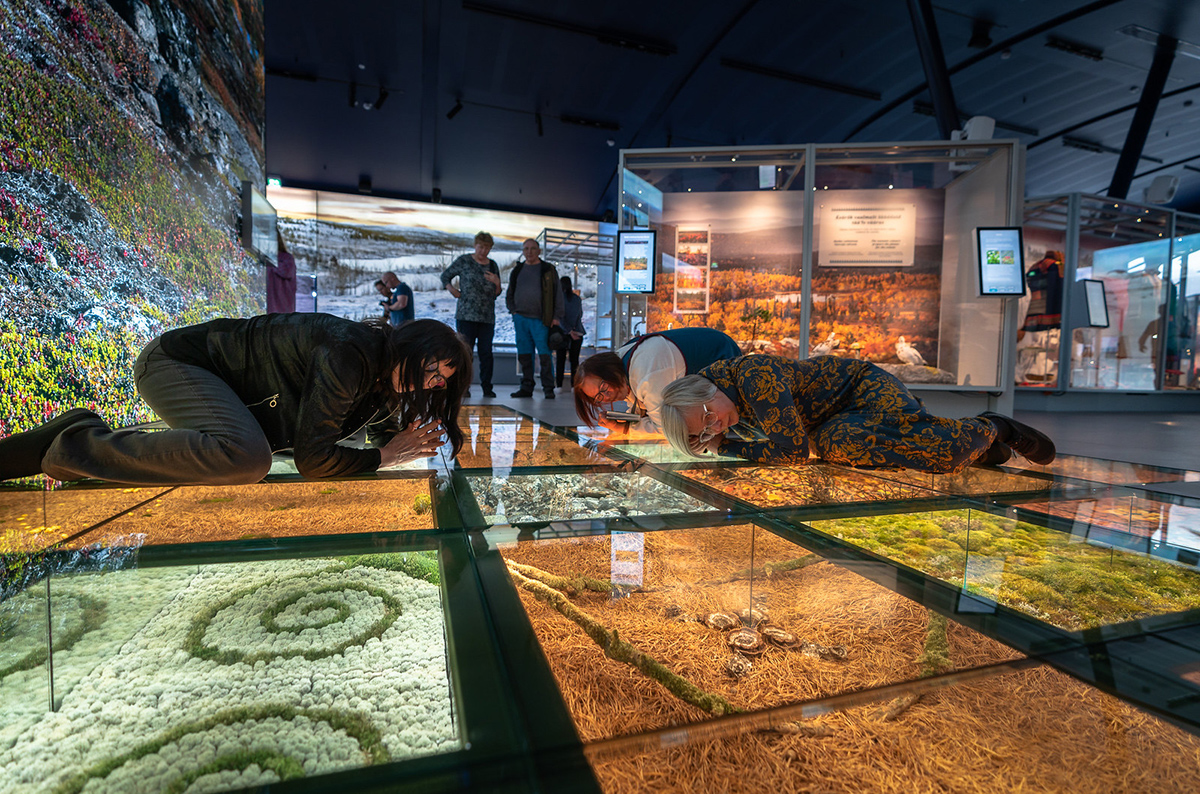
Kuva: Ruijanpolku / Finnmark Trail art by Anni Rapinoja. Photo by Juha Kauppinen..
Siida Open-Air Museum – Exploring Inari’s 10,000 year history
The Siida Open-Air Museum is open year-round, weather permitting, and tells of the story of Inari’s 10,000-year history. From archaeological evidence it is known that people have lived on the shores of Lake Inarijärvi, at its meeting point with the River Juuanjoki, since nearly 10,000 years ago in the Mesolithic Period of the Stone Age.
The Open-Air Museum features an approximately 800 metre-long trail in the shape of a reindeer herder’s lasso. Along the trail visitors can view around 50 buildings and structures, grouped by their cultural area and their intended use. The displays tell about the cultural heritage, architectural heritage and livelihoods of Finland’s three Sámi cultures.
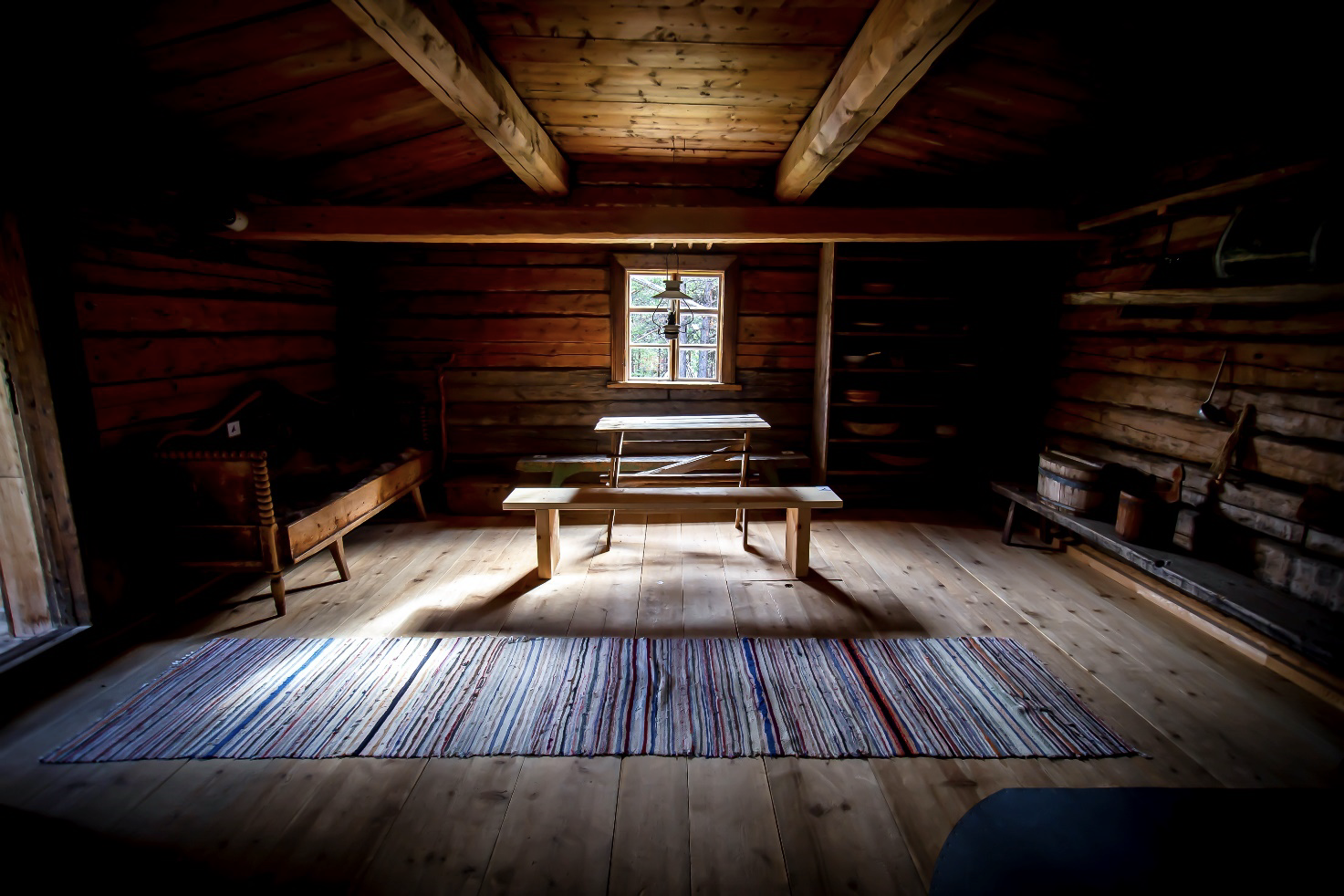
The Siida Open-Air Museum introduces visitors to Inari’s 10,000-year history.
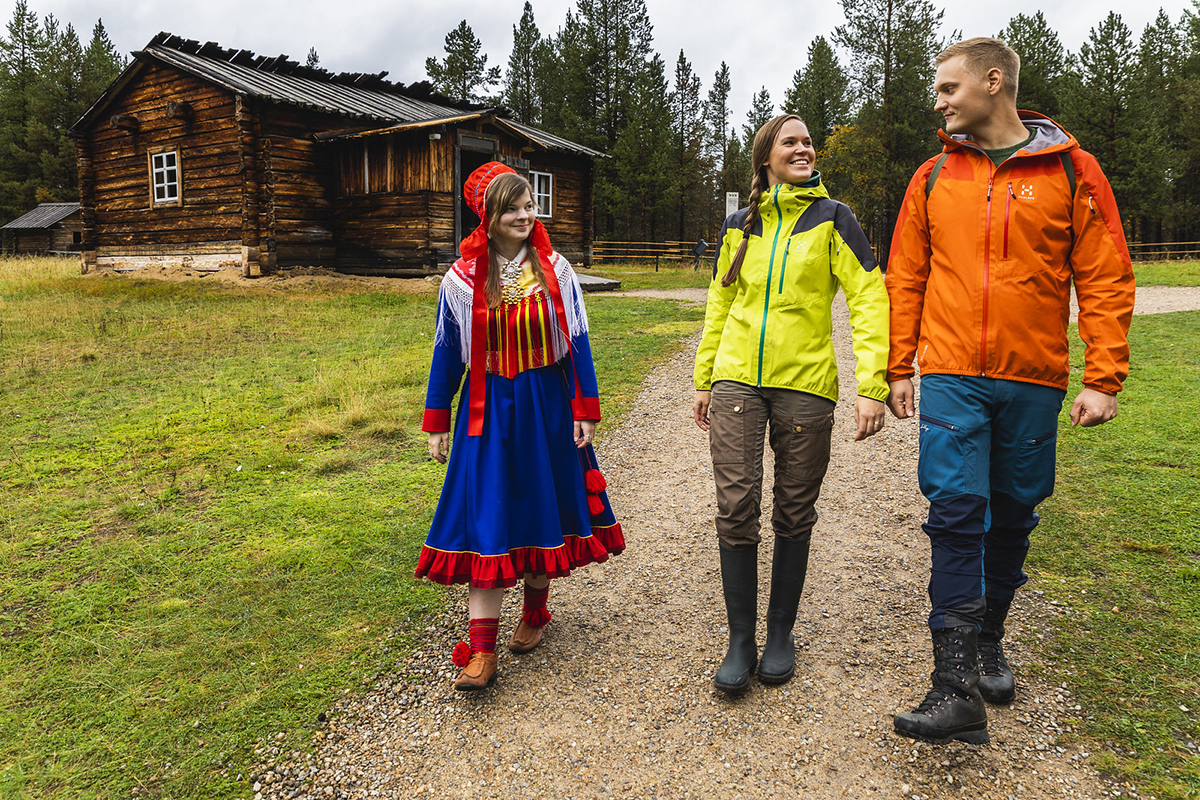
The area features nearly fifty buildings.
Skolt Sámi Heritage House
The Sámi Museum also operates the Skolt Sámi Heritage House in Sevettijärvi village. It is open in the summertime and is free for visitors. The Heritage House and the Open-Air Museum on its grounds contain information on Skolt Sámi history and display the living and construction options from two different eras.
The Skolt Sámi originally lived in settlements located in Russia, in areas ceded to the USSR in World War II. As the war ended the Skolt evacuated Suonikylä and were settled in the Sevettijärvi – Näätämö area in 1949.
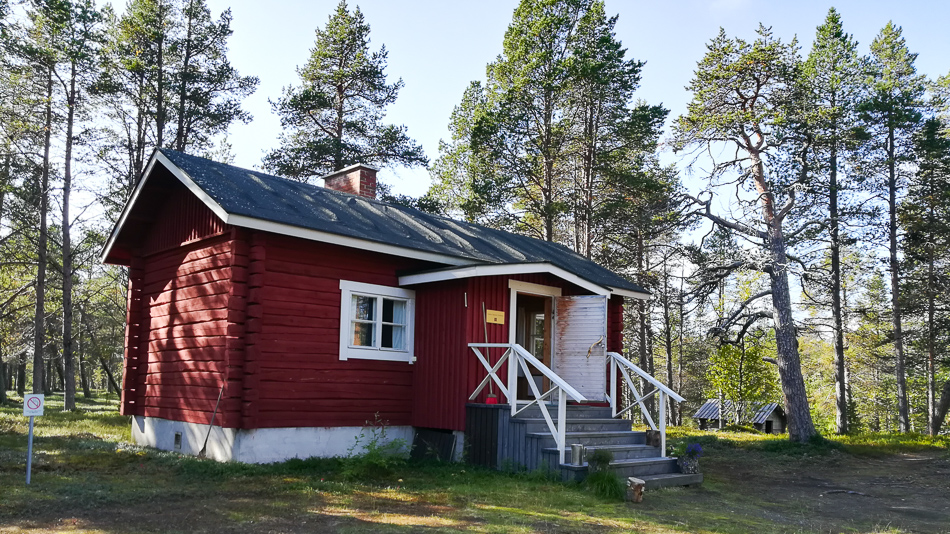
Skolt Heritage House
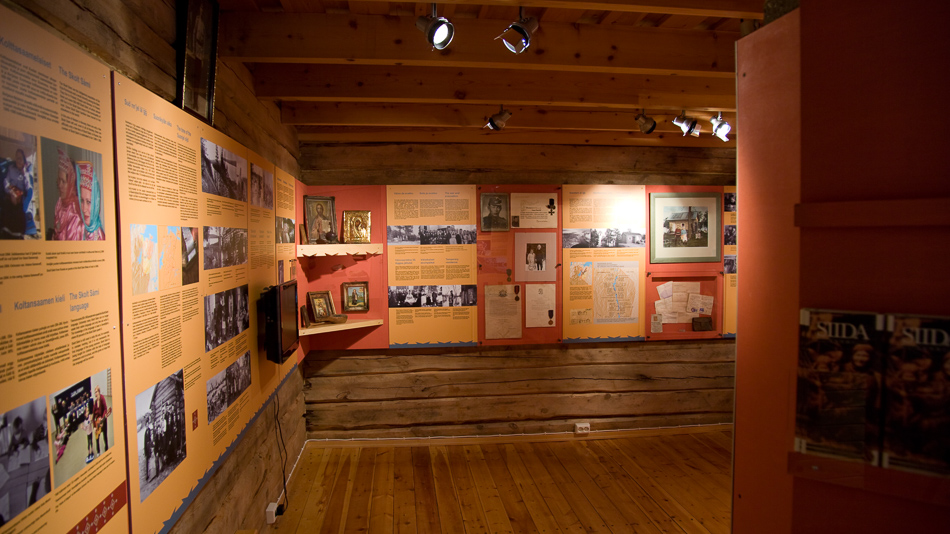
Skolt Heritage House. Learn about Skolt Sámi history at the Heritage House in Sevettijärvi.
The Breathtaking Nature of Inari
This region of Northern Lapland is one of the most beautiful in all of Finland, dominated by the protected nature of its national parks and wilderness areas. To the southwest lies Lemmenjoki National Park, occupying some 2,860 square kilometres, where the Lemmenjoki River winds its way for over 70 km through the Maarestatunturi and Viipustunturi Fells, whose slopes are covered in unique old-growth pine forests.
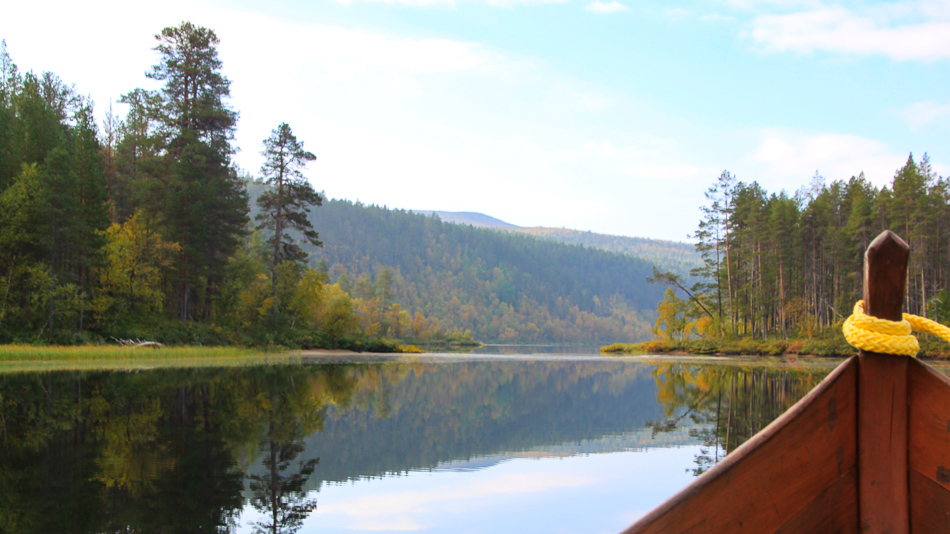
Lemmenjoki
Lemmenjoki National Park has 60 km of marked trails for hiking and biking, most of which start at the village of Njurkulahti. These trails vary in length, from the basic Lemmenjoki Nature Trail of 4.1 km, through the Joenkielinen Circle Trail which is 16 km, to the Ravadasjärvi Circle Trail which is over 26 km.
Close by Inari village lies the Inari Hiking Area, which includes excellent marked trails and hiking destinations and is perfect for a day’s hiking. The new suspension bridge crossing the Juutuanjoki River is located three kilometres from the Inari village, over the Jäniskoski rapids.
The Inari Hiking Area also includes the Otsamotunturi area, and the area between the beautiful Tuulispää Fell.The 5 km trail to the Pielpajärvi Wilderness Church winds through a stunning ancient forest, passing by woodland ponds and lakes. At the trail’s end, you will find the well-preserved Pielpajärvi Wilderness Church. Culturally and historically significant, the Pielpajärvi Wilderness Church was built in 1760 and is one of the oldest buildings in Northern Lapland.
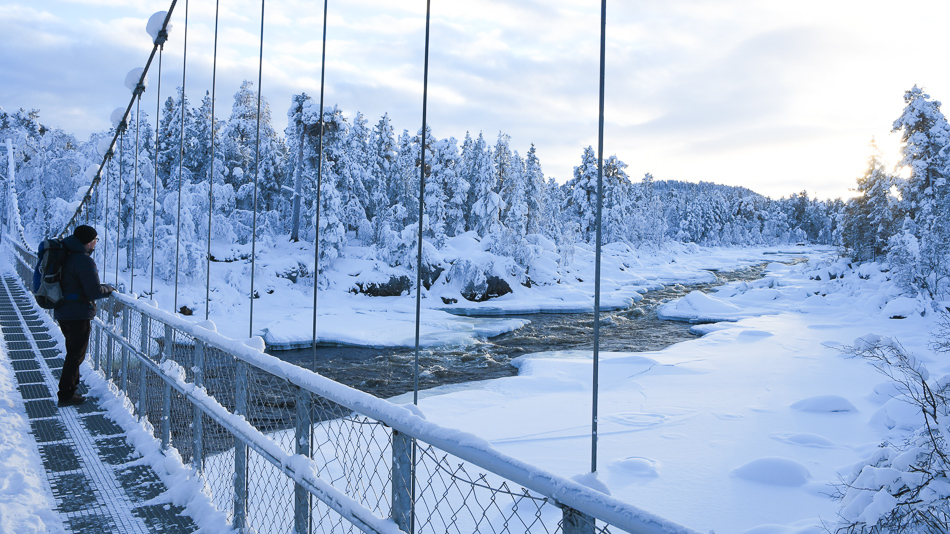
How to get there
Although Inari is in the far North, it just about 1 h 40 min from Helsinki by plane. The nearest airport is in Ivalo, with regular daily connections to the capital. Visitors can also take a memorable bus ride through arctic landscapes from Rovaniemi. There is a train station and an airport in Rovaniemi and from Rovaniemi it is possible to take a bus ride to Inari. See how to get to Siida here >>

